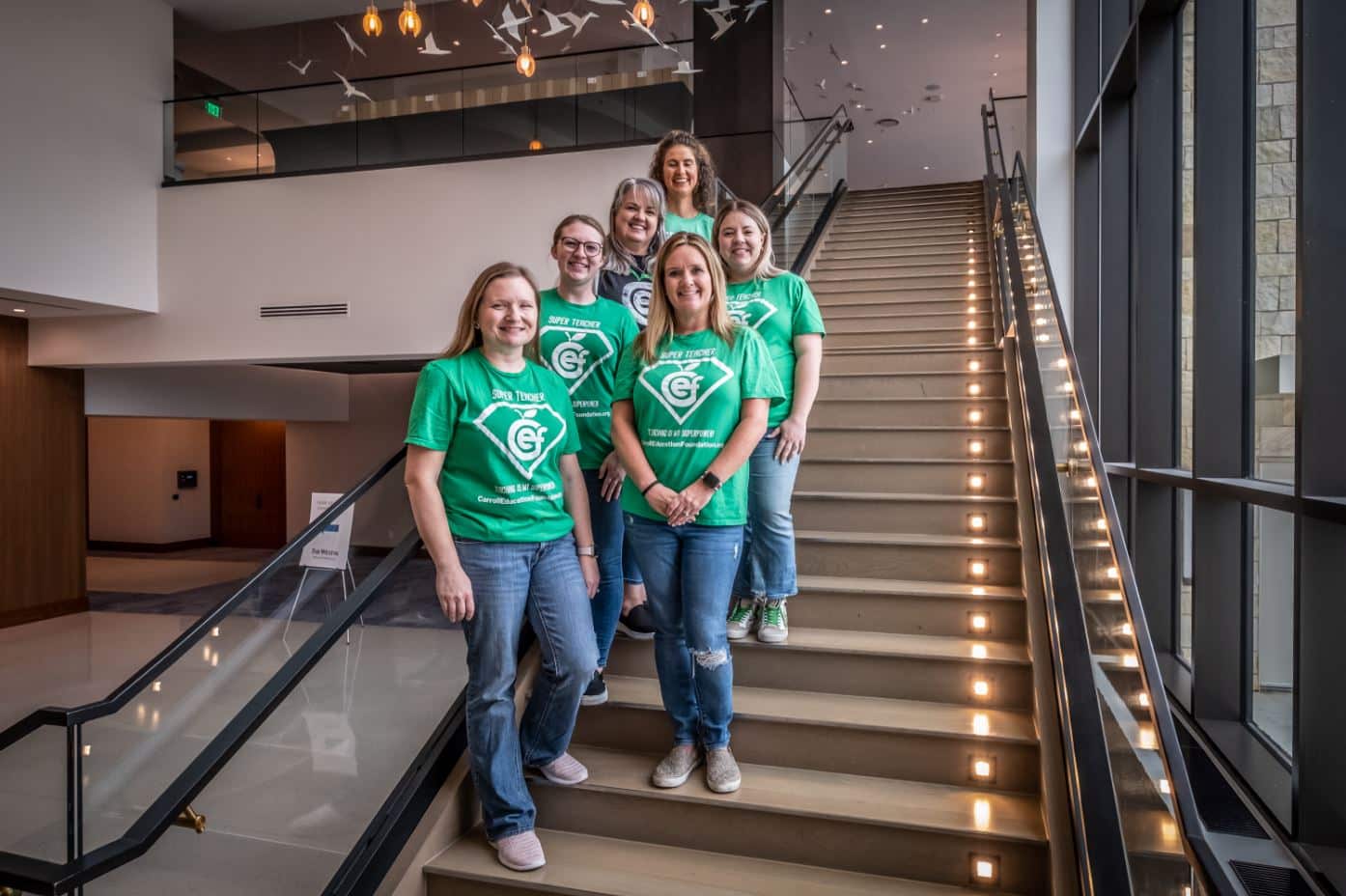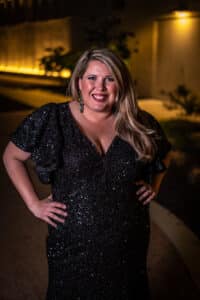
The Carroll Education Foundation considers its next big step
By Scott Nishimura
Photography by Olaf Growald
If they didn’t already know it, guests of the annual Carroll Education Foundation Culinary Celebration — one of several fundraisers held to cover teacher positions in Southlake’s public schools — were immediately presented the picture at the auction and dinner in mid-April at the Westin Dallas Southlake.
Carroll is the state’s fourth-lowest-funded district, which accounts for the $6,160 that Texas public schools receive annually per student, minus the $3,500 per student the wealthy Carroll district loses through the “Robin Hood” law, which redistributes money from wealthy districts to poorer ones. Carroll loses $39 million a year to Robin Hood, auction patrons were told.
The foundation has given the district $2.265 million in the last four years, including $650,000 last year and the year before that, to fund 13 teachers in areas such as the arts, science lab, music, physical education, foreign language and sign language — all subjects that aren’t mandated by state law.
Presented with the simple message, fundraiser patrons pitched in again, raising enough money during the live auction and subsequent “mission ask” to nearly fund three teachers, said Alexandra Martin, the foundation’s new executive director. The foundation still has a few weeks of fundraising left this school year, but it hopes to present a gift similar to the funding that it’s given the last two years for teacher pay. Martin, who says fundraising has “hit a wall,” sat down for a talk with 76092 a few days after the auction.

Alexandra Martin, executive director, Carroll Education Foundation
76092: Tell us about the funding imperative for the foundation.
Martin: Carroll is in a very unique situation. The only ways you increase your funds and budget are more students. And Carroll’s pretty landlocked. We are not seeing the growth in younger students. We also are not seeing the turnover in the community. We do receive federal funds, but it’s very little. That kind of creates a budget issue, especially when you’re trying to be competitive with teacher salaries and offer programs that will help the students be competitive and meet (families’) expectations.
76092: CEF changed its funding model five years ago. What changed?
Martin: We’re in the 26th year of CEF, getting ready to go into 27. We used to throw one party a year, the Culinary. Show up on a Sunday afternoon, have some food, have an auction. Whatever money they raised, they would give back in classroom grants. Teachers could apply for classroom grants. After 17, 18 years of that, they were raising more money than they were receiving grant requests for. So the board at that time started to research what other education foundations were doing, just to see how we could better support the school. The school at that time was also facing some budget cuts. And that’s when the board found (school districts in) Manhattan Beach, California, and Eanes in the Austin Westlake area that were doing this teacher-funded model. We started exploring that.
76092: What is the new model?
Martin: For every $50,000 unit we raised, we funded a teacher. Now, it is not fully funding a teacher, because we know that teachers thankfully make more than 50. But what Eanes had done was kept at it 50 per teacher for simple marketing and math.
76092: Under the new model, CEF gave $415,000 to the district its first year, then $550,000, before the last two $650,000 gifts. The first of those gifts included a draw from an investment account the CEF maintains. What do you mean when you say fundraising has hit a wall?
Martin: We’ve seen good support from the community. A lot of it is an education piece. We do have a lot of families who are not from Texas. They don’t understand Robin Hood. They don’t understand why a wealthy community’s school is seeing such horrible budget problems. So a lot of it on our part is continually educating people about the purpose of CEF. The wall we hit to get to that next step is all about communication and relationship building. That’s where we’re at right now.
